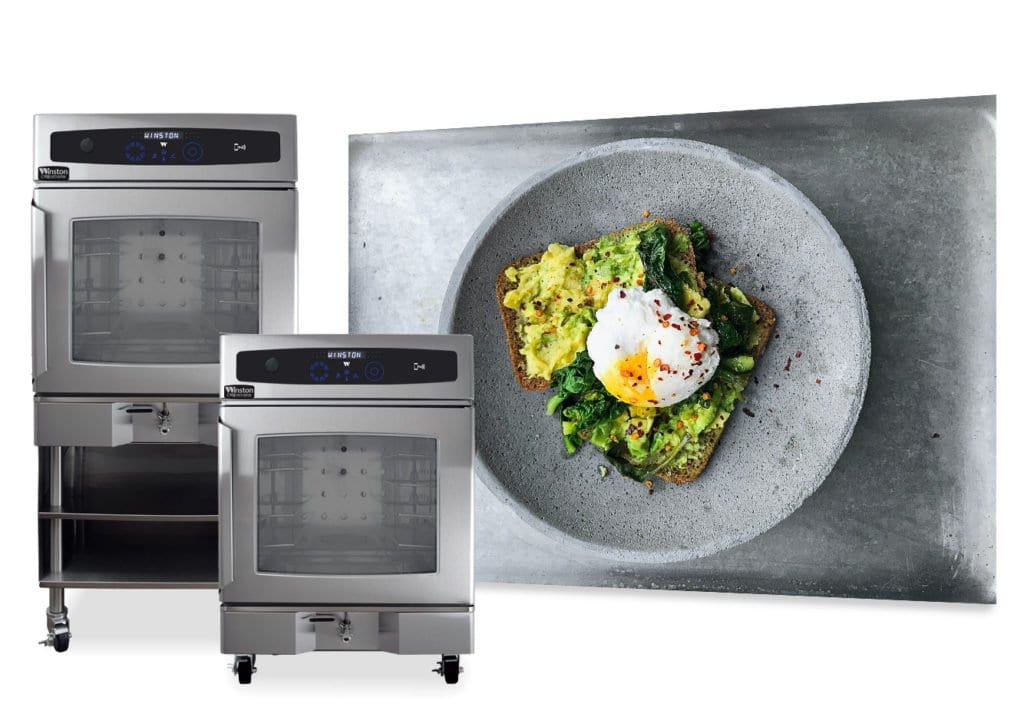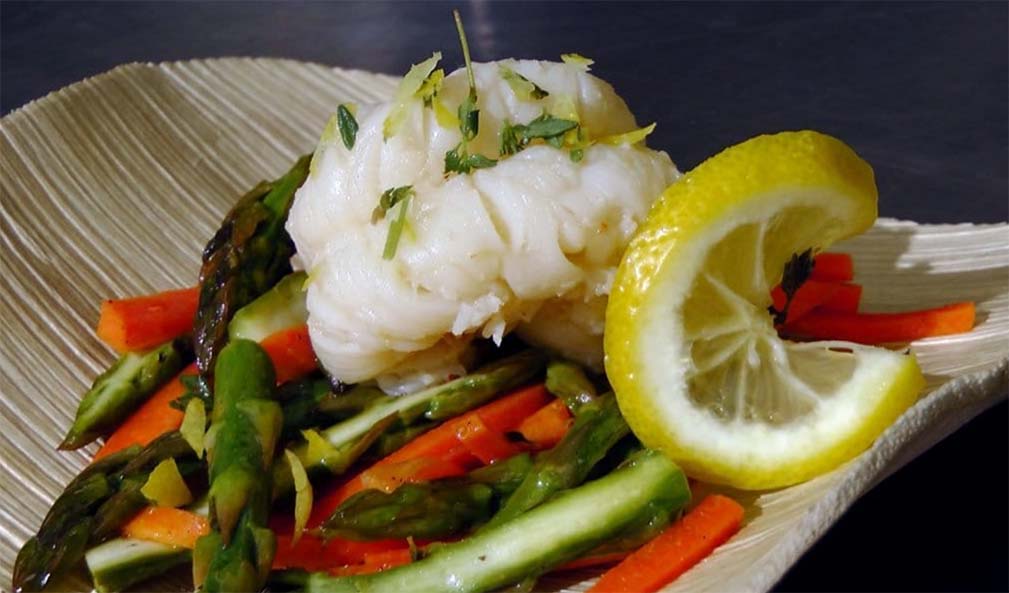What is Poaching?
When we say poaching, we’re not referring to the illegal hunting of animals. In culinary terms, poaching is a cooking technique that involves gently simmering food in a liquid, such as water, broth, wine, or other flavorful liquids. The liquid is usually maintained at a lower temperature than boiling, creating a gentle cooking environment. The low temperature makes it ideal for delicate foods that might fall apart using higher temperatures. This ensures a more gentle and gradual cooking process.


How is Poaching Different in a CVap® Oven?
In CVap cooking, the heated vapor replaces the simmering liquid for poaching. The vapor is precisely controlled at a low temperature, typically around 158°F to 176°F, which is ideal for poaching delicate foods without overcooking them. The vapor envelops the food, transferring heat evenly and gently, resulting in moist and perfectly cooked results.
Here's a comparison of poaching in a CVap oven versus traditional poaching:
| Feature | CVap Poaching | Traditional Poaching |
|---|---|---|
| Liquid | Heated vapor | Simmering liquid (water, broth, or wine) |
| Temperature control | Precise and consistent | May vary depending on heat source and attention |
| Heat transfer | Even and gentle | Can be uneven, leading to overcooking |
| Cooking time | Generally faster | May require longer cooking times |
| Food texture | Moist and tender | May become tough or dry if overcooked |
Overall, CVap poaching offers several advantages over traditional poaching, including precise temperature control, heat transfer, faster cooking times, and consistently moist and tender results.
Additionally, you can produce substantial quantities of food in a small footprint. For example, a restaurant serving brunch can simultaneously cook dozens of poached eggs for Eggs Benedict, making it easy to keep up with demand. Because CVap ovens are so precise, your poached foods will always be moist and perfect.
What are the Advantages of Poaching?
Preserving Nutrients and Flavor
One of the key advantages of poaching is its ability to preserve the natural flavors and nutrients of ingredients. Unlike other cooking methods that may involve high heat, poaching involves gentle simmering in liquids (or in the case of CVap, heated water vapor). This helps retain the essential vitamins and minerals that might otherwise be lost through more intense cooking processes.
Low-Fat Cooking
For customers who are conscious of their dietary choices, poaching offers a low-fat alternative that doesn’t compromise on taste. By avoiding the need for excessive amounts of oil or butter, poaching allows the natural flavors of the ingredients to shine through without adding unnecessary calories.
Enhancing Texture
Poaching creates a unique texture that is especially evident in proteins like fish and chicken, where the method helps maintain the juiciness of the meat. The controlled heat of poaching prevents proteins from becoming tough, resulting in a melt-in-your-mouth experience.
Versatility Across Ingredients
From delicate fish fillets and eggs to succulent fruits and tender vegetables, poaching is a versatile technique that accommodates a wide range of ingredients. The gentle heat ensures that even the most delicate items can be cooked to perfection without losing their texture or succulence.
Ease of Preparation
Poaching is a forgiving technique that doesn’t demand advanced culinary skills. Its simplicity makes it accessible to both novice and experienced cooks.
What Can You Poach in a CVap Oven?
Poached Eggs
Poached eggs are probably the first poached food that comes to mind for most folks. Prepared correctly, CVap ovens can produce perfect poached eggs in large quantities. You can even poach eggs in their shell. The delicate cooking process of poaching ensures a runny yolk while maintaining a perfectly set egg white.
Chicken Breast
For a lean and protein-packed dish, poached chicken breast is a go-to option. Poaching chicken breasts results in juicy and tender chicken that can be shredded and used in salads, sandwiches, or wraps.
Poached Lobster with Herbs
Poaching lobster is a quick and effortless way to achieve perfectly cooked, succulent seafood. Infuse the poaching liquid with aromatic thyme and a touch of lemon for a burst of freshness. Serve the poached lobster over fresh asparagus and baby carrots (steamed in CVap, of course).
Poached Asparagus
Vegetables shine when poached. Asparagus, with its delicate flavor, is particularly well-suited to this method. CVap poaches asparagus spears until they are tender but still vibrant green. Top them with a drizzle of hollandaise sauce for a classic side dish that complements any main course.

